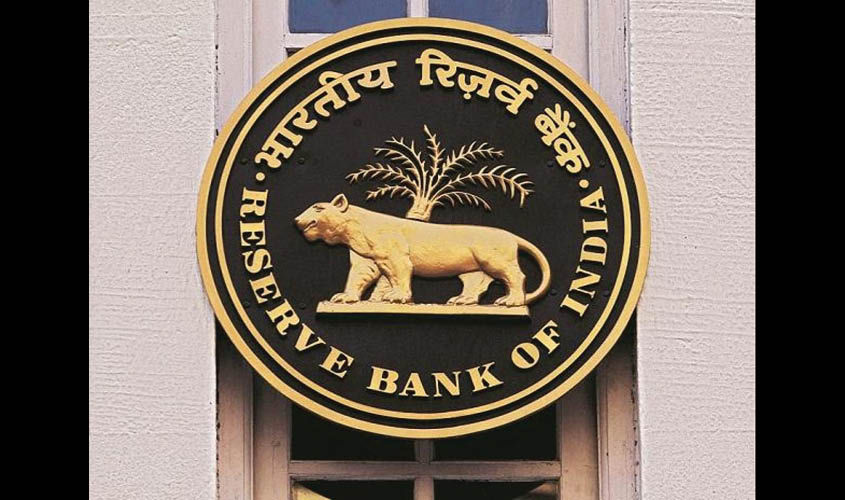The big question policymakers need to answer is despite repeated rate cuts, why growth is not picking up.
The Reserve Bank of India (RBI) has decided on expected lines and cut rates 25 bps or quarter of a percentage points to bring it to 5.15%—making it the lowest since April 2010. While the markets were expecting a larger rate cut—especially after a 35 bps cut in the August MPC meeting—the fact that rate cuts will continue till growth picks up is now something that has been factored in. This is the fifth straight rate cut by the Central Bank this year, making the total rate cut at 135 bps or 1.35%. The rate cut transmission downstream into the banking system is still a “work in progress” and credit uptake will take time before the entire effect is fully transmitted to the final consumers as well as to corporates.
The revision of GDP forecast by the Central Bank merits closer look and raises larger questions about both the scope and limitations of monetary policy. RBI has slashed FY20 growth forecast from 6.8% to 6.1%, reflective of the realisation in Mint Street on growth uptick through rate cuts and also on the grim outlook on Asia’s third largest economy. Simply put, the big question that policymakers need to answer is despite repeated rate cuts, making the rates the lowest in 9 years, why is growth not picking up. Despite the Central Bank and the government’s synchronised efforts to offset a slowdown in the economy, investors have clearly taken a pessimistic view due to continued downward revision in GDP estimates, this time by the RBI—the reason why markets tanked and did not cheer the rate cut.
Amidst the grim economic outlook, how much can the RBI cut rates from here on? At best, another 15 bps (0.15%), after which most analysts feel the Central Bank will run out of ammunition, which is probably why it decided on 25 bps rate cut and has kept the remaining 15 bps for the MPC meeting in December. Essentially, North Block has to now take control of the economic situation from here on. RBI can only do so much. Of course the fiscal stimulus, one of which has already come in the form of a $20billion where corporate taxes were slashed and red carpet is being rolled out to boost manufacturing, is the need of the hour. India is a consumption led story and for growth to revive, more fiscal measures are needed; essentially the government needs to step up spending. Besides the infra push, there is now a growing clamour for a cut in personal taxes as well, a move that would leave more cash in the hands of the people, ensuring they spend more, create demand and kick-start the economy.
However, there are serious revenue concerns. Adding to the government’s woes are GST collections for the month of September coming at a 19-month low of Rs 91,916 crore—a warning sign. GST collections of less than Rs 1 lakh crore indicate a substantial revenue shortfall, given that Rs 1.7 lakh crore has been the shortfall between provincial and actual estimates for the Budget. Needless to say, this limits the elbow room that Finance Minister Nirmala Sitharaman has on the fiscal package. The government needs to engage with ratings agencies as well as overseas investors to explain that fiscal slippage will be temporary and India will return to the path of fiscal prudence once the economy recovers. It is also time to focus on factor reforms—land, labour and capital, politically unpalatable but something the present Modi government with its historic mandate can tide over.
India was overtaken by China in May as the world’s fastest-growing major economy, as per IMF. For us to regain the tag, we need to fire on all cylinders. Monetary policy is just one of them.
Gaurie Dwivedi is a senior journalist covering economy, policy and politics.

